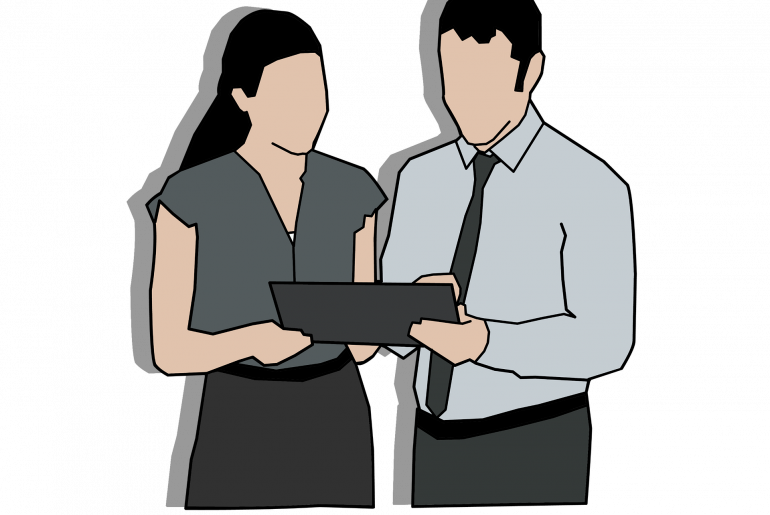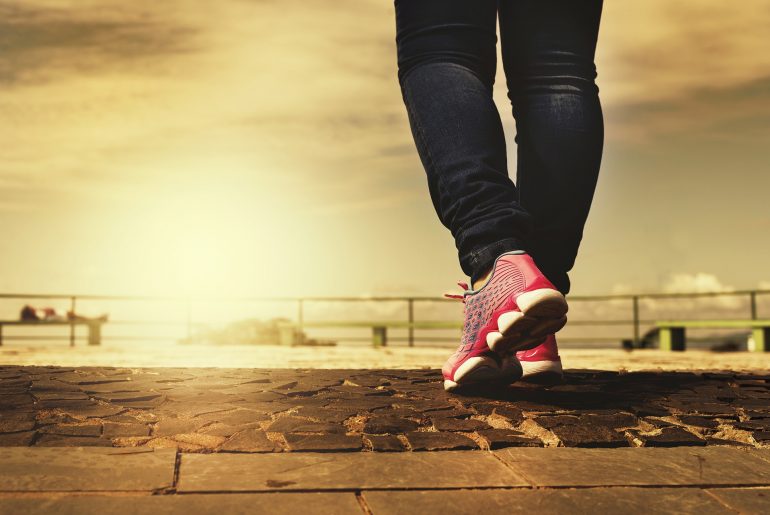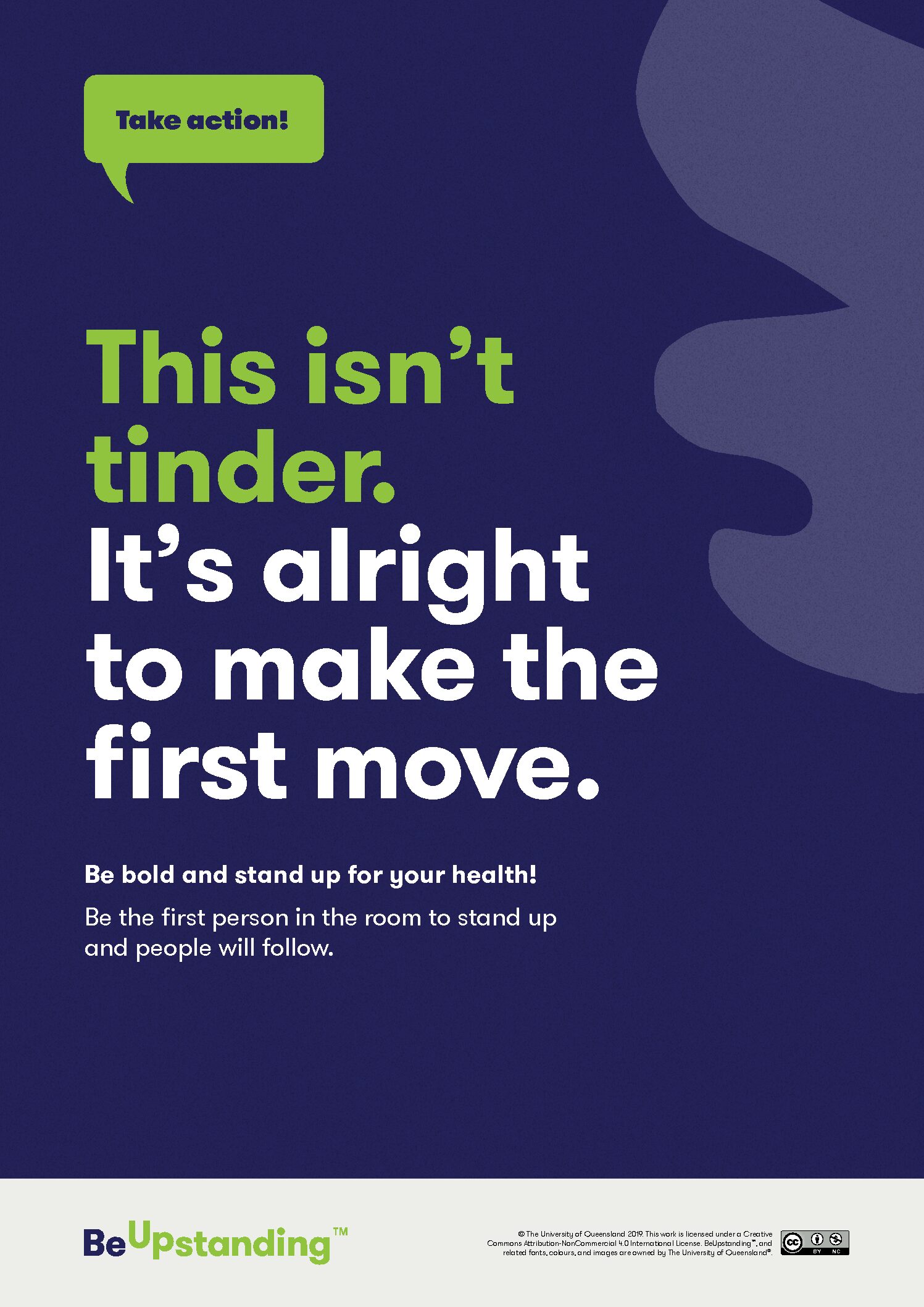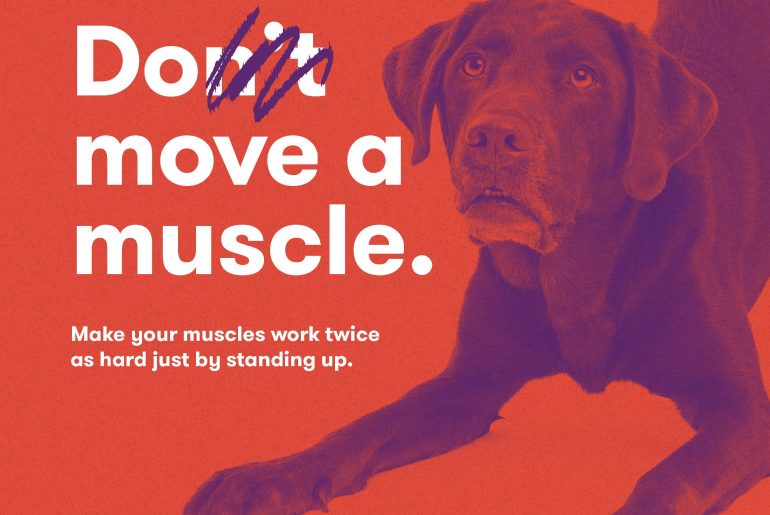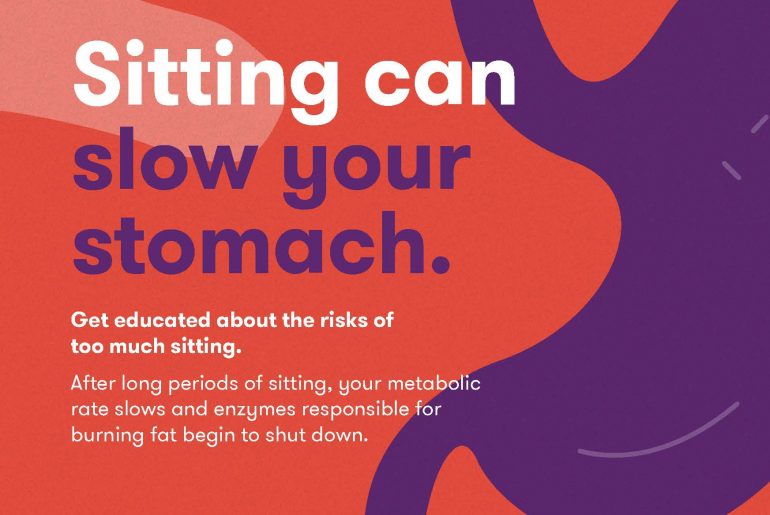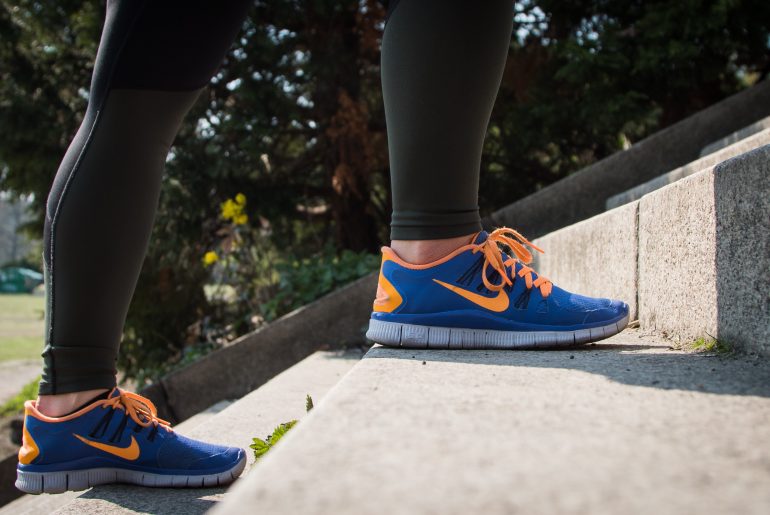Get Britain Standing’s page on costs of prolonged sitting for the employer has some surprising facts. The page breaks these down into three categories absenteeism, presenteeism, and costs to engagement and wellbeing. What is presenteeism you may ask? I’m sure we’ve all felt it before. I can recall showing up to work feeling “out of it.” Even when employees are present the tolls of prolonged sitting can impact the quality and quantity of work. Absenteeism is easier to quantify. Average sized employers (250 persons) loose an estimated 4800 GBP/week due to absences with all businesses forgoing a total of 15 billion GBP annually. Of this 1/3rd (5 billion GBP) is due to low back pain, an ailment directly related to sedentary behaviour. The financial boon of wellness programs in part accounts for their eager adoption overseas and here in Australia. Trades Union Congress (TUC) of Britain estimates that wellness programs can reduce absences by as much as 42%. Reorienting the workplace to support dynamic movement with sit-stand desks, walking meetings, and active breaks may seem daunting to employers but resources like Get Britain Standing and Australia’s own BeUpstanding have the tools to get your workplace started. This article was written…
Get the Commonwealth Standing
I was perusing the British movement blog Get Britain Standing when I came across their solutions page. Get Britain Standing is a resource for employers much like Australia’s BeUpstanding, which focuses on a healthier Britain by reducing the prolonged hours of sitting that accompany many jobs. Their upcoming nationwide event On Your Feet Britain is set for April 24th 2020 with a reported ~2 million office workers participating. Get Britain Standing accounts that Briton’s working hours contribute ~70% of the daily sedentary health burden. Dr. Stuart Biddle, a professor of Active Living and Public Health is quoted on their website acknowledging the growing body of evidence that to be healthy we must move dynamically throughout the day. Which leads me to what excited me about their Solutions page: the balance board section! The benefit being, as long as you don’t fall off, strengthening your balance and your core muscles at your standing desk. They come in a variety of styles from the simple sea-saw, the log roll, and even the expert level half dome or as I like to call it the danger dome! (see image) Maybe don’t tell HR about the nickname when you bring one to the office.…
The Goldilocks Zone for Movement
It takes no large leap of the imagination to see that the human body was not shaped for a life in an office chair, car, or couch. Our ancestors were habitual movers constantly engaging in mild to moderate exercise. That is all well and good you may say, but as westerners with lives dominated by sedentary behaviour exercise must be supplemented back into our lives. A recent meta-analysis on movement lays out guidelines for a “Goldilocks” zone of exercise for maximal health benefits. This approach bestows maximal benefit with as little as 50 minutes per week (equivalent to running just 5-6 miles). The study emphasised diminishing returns from daily high aerobic exercise in favour of more frequent low to moderate exercise such as walking or yoga. The study references of cohort of daily endurance athletes over the age of 45 who were measured to have an increased risk for cardiovascular events as compared to those with a more moderate activity profile. Key Take Aways: Sitting should be limited to 30 minutes at a time punctuated by a “brisk” 5 minute walk Use a sit-standing desk when possible to alternate postures regularly There is no upper limit for mild to moderate…
Health Benefits of Urban Green Spaces
A recent article from the BBC contained a shocking statistic that the average American spends “90% of their time indoors.” Though only a survey of the United States, it’s not hard to imagine that across the globe westerners are similarly confined to our homes or places of work. But why should this matter? The author Phillipa Fogarty cites decades of research summing up how time spent outdoors has beneficial impacts on our blood pressure and mental wellbeing while also making us happier and more engaged at work. All we need to do is spend time walking or moving in nature. But before you pack your bags and head for the hills, there is evidence that the same benefits can be gained from just five minutes. The article goes on to say that when compared to indoor “relaxation” training or having a view of the outdoors, the benefits of time outdoors are greatest with short daily walks. So spend a few minutes in a local park on your way to work, as a group as part of a BeUpstanding team, or on your lunch break and bring the benefits of the great outdoors into your own backyard. This article was written…
Stand Up & Stand Out for All the Right Reasons
Making the first move to engage in standing behaviours and to promote a standing work environment can be intimidating as your team is challenging social norms ingrained over a lifetime of seated environments. That is why week 3 of our BeUpstanding program focuses on raising awareness and challenging these social norms. While biologically speaking the human body was made to be up-and-moving, for centuries, people have spent long hours of their days working while seated – from weavers, to fletchers, to the clergy. Even though work and work spaces have evolved since then due to cultural, technological and social factors, some normative behaviours, such as prolonged work sitting, have prevailed. Social norms are the rules that dictate how a person should act in a given group. They develop over time and become hardened to the point of being subconscious. That’s why engaging in prolonged sitting at work has always felt natural for most people. But social norms are not set in stone. They can – and should – change as we become more conscious about the issues they entail. Breaking social norms can be hard and making the first move to do so can be frightening. It can be difficult…
How are teams choosing to BeUpstanding?
A critical part of the BeUpstanding program is choosing three strategies as a team to BeUpstanding. Some of our previous blog posts have provided suggestions from the evidence for strategies to sit less and gain momentum for change. But what have our BeUpstanding teams been doing? Below are some of the more common strategies teams have chosen to date. Encourage workers to leave their desks during breaks Move bins, printers/scanners and mailboxes to a central location Have standing meetings Stand and move around when taking a phone call Provide information / maps / distances on convenient walks in and around the office Put height-adjustable desks in a standing position when leaving the desk Put stand and stretch breaks into meeting agendas Other strategies we have heard of teams adopting and think are great are: Stand up and shake it off. This was in a work environment where team members regularly experienced difficult phone calls. By standing up and shaking it off, it not only allowed the individual to experience the benefits of breaking up their sitting time, but also provided a non-verbal signal to other team members to check in. KPI bingo: Here, the team picked a key word (e.g., KPI)…
Do move a muscle
It is hard to imagine too many situations in the office where you would need to freeze and not move a muscle. Hence – our week 4 poster invites BeUpstanding participants to “do move a muscle”, and to do so regularly throughout the day. But what are the benefits of doing this? When we are seated, our large postural muscles in our legs do not have to work very hard. However, just by standing up, muscle activation can increase substantially. For example, one study in 84 middle aged volunteers from Finland were asked to wear special shorts that measured the electromyographic (EMG) or muscle activity of their quadriceps and hamstrings. They were asked to do a number of activities (lying down, standing, sitting, squatting, stair climbing, walking, running) as well as a maximal isometric voluntary contraction (MVC) – a standard test for measuring muscle strength. The EMG activity of each of the tasks was then compared to what the participant achieved during the MVC. When sitting, participants thigh muscles were only activated at about 1% of their maximum. This increased to 2.5% just by standing, about 10-12% by walking, and a substantial 22-25% by squatting or climbing up stairs. In…
Being The Best Champion For Your Workplace: Understanding The Psychology of Leadership
As a BeUpstanding champion, you will be leading your organisation in forming healthier habits and creating a dynamic workplace culture; but it’s no secret that taking on new leadership roles like this one can be daunting, especially if you feel as though you don’t fit the bill. Recent research suggests that just having self-doubt about your successes and leadership abilities may in turn stifle them. Findings from a study on the consequences of imposter feelings and self-doubt showed that they negatively impacted students’ ability to career plan and strive, and decreased motivation to lead in a professional working environment. Previous and more traditional psychology theories of leadership might perpetuate these imposter feelings by focusing on the “innate” qualities that all great leaders have, or a prescribed reward and punishment system that all great leaders use. For example, the Great Man theory of leadership is the idea that “leaders are born and not made”, possessing inherited qualities which make them better suited to lead (i.e. confidence or assertiveness). Transactional leadership theory, on the other hand, asserts that great leadership is determined by one’s ability to set expectations and enforce them with the effective use of rewards and punishments. These theories are…
Sitting can slow your stomach – Part 1
Have you ever experienced stomach pains, discomfort, or indigestion after sitting too long at your desk? While exercise has long been anecdotally thought to influence digestion, more recent research has been exploring the impact of physical inactivity on digestion. This post will explore some ways exercise and inactivity influences your gut, as well as the implications for your health. But first, what does it mean to say that sitting “slows your stomach?” One way to consider it would be gastric emptying, or the movement of stomach contents into the small intestine (how quickly food leaves the stomach). Another possibility is gastrointestinal transit time, which is the time it takes something you eat to move from your mouth through your entire gastrointestinal tract. Both these definitions have been linked to physical activity and inactivity, as have health outcomes such as constipation and colorectal cancer. How physical inactivity slows your stomach: When you aren’t moving, your gut isn’t moving much either. An extreme example can be seen in people who are confined to bed or held immobile. Hospital inpatients are another population at risk of prolonged physical inactivity, and increased rates of constipation are seen in this population. However it can be…
An Exercise Regimen Everyone Can Squeeze In
The following article was written by Emmanuel Stamatakis and published in The Conversation on the 21st February 2019. Have you recently carried heavy shopping bags up a few flights of stairs? Or run the last 100 metres to the station to catch your train? If you have, you may have unknowingly been doing a style of exercise called high-intensity incidental physical activity. Our paper, published today in the British Journal of Sports Medicine, shows this type of regular, incidental activity that gets you huffing and puffing is likely to produce health benefits, even if you do it in 30-second bursts, spread over the day. In fact, incorporating more high intensity activity into our daily routines – whether that’s by vacuuming the carpet with vigour or walking uphill to buy your lunch – could be the key to helping all of us get some high quality exercise each day. And that includes people who are overweight and unfit. What is high intensity exercise? Until recently, most health authorities prescribed activity lasting for at least ten continuous minutes, although there was no credible scientific evidence behind this. This recommendation was recently refuted by the 2018 US Physical Activity Guidelines Advisory Report. The new…

